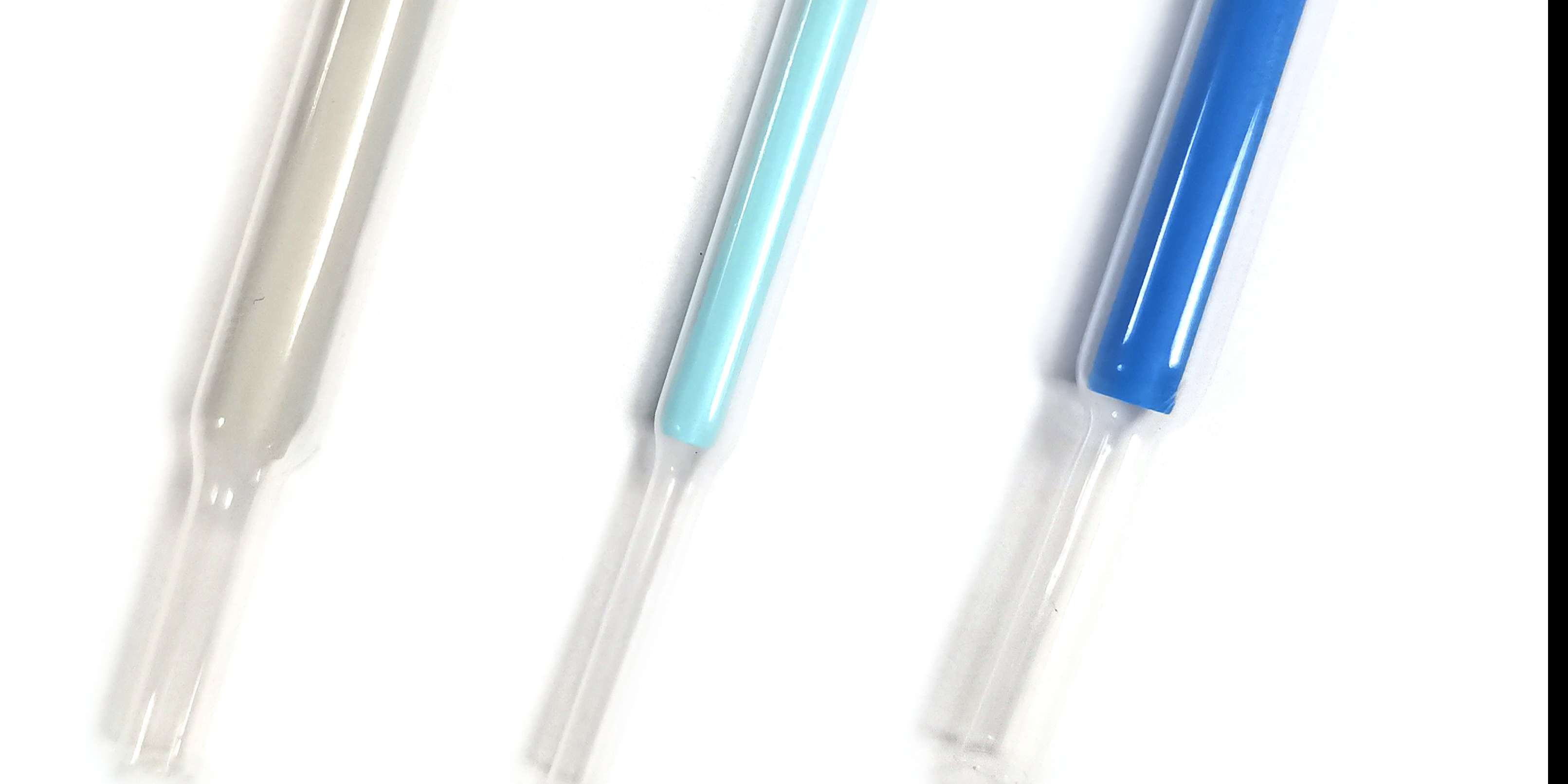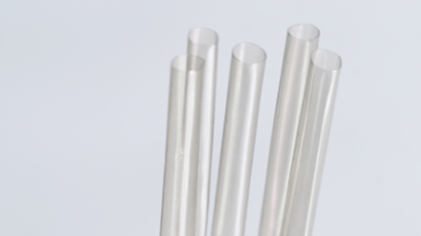Innovative Minimally Invasive Treatment Techniques for Urological Stones
Urological stones are a common urological condition, primarily manifesting as kidney stones, ureteral stones, and bladder stones. With the rapid development of minimally invasive techniques, the treatment of urological stones has shifted from traditional open surgery to various minimally invasive procedures. These techniques not only improve treatment outcomes but also significantly reduce surgical risks and patient discomfort. This article delves into the innovative minimally invasive treatment techniques for urological stones and their applications.
Causes and Symptoms of Urological Stones
The formation of urological stones is associated with multiple factors, including metabolic abnormalities, dietary habits, chronic urinary tract infections, and impaired urine flow. Stone formation typically occurs due to an excess of minerals and salts in the urine, which crystallize and accumulate within the urinary tract. The main symptoms include:
- Severe Pain: Particularly in the renal region or lower abdomen, with the pain potentially radiating to the back and inner thighs.
- Hematuria: The presence of blood in the urine, often accompanied by mucosal injury of the urinary tract caused by the stones.
- Frequent Urination, Urgency, and Dysuria: Common symptoms in cases of lower urinary tract stones.
- Nausea and Vomiting: Frequently observed in patients with severe stone disease, possibly resulting from pain and urinary tract obstruction.
Types of Innovative Minimally Invasive Treatment Techniques
Extracorporeal Shock Wave Lithotripsy (ESWL)
Mechanism:
ESWL utilizes high-energy shock waves transmitted into the body to fragment urological stones into fine particles that can be naturally expelled. This technique does not require the insertion of instruments into the body, making it a non-invasive treatment method.Indications:
Suitable for kidney stones and upper ureteral stones with a diameter of less than 2 centimeters, particularly those with lower hardness, such as uric acid stones and cystine stones.Innovation:
The latest ESWL devices offer enhanced energy focusing capabilities and real-time imaging guidance, which improve the precision and efficacy of stone fragmentation while reducing damage to surrounding tissues.
Percutaneous Nephrolithotomy (PCNL)
Mechanism:
PCNL involves accessing the kidney through a small incision in the skin to break and remove stones. During the procedure, the physician uses a puncture needle and guidewire to establish a direct tract to the kidney, followed by stone fragmentation or extraction using specialized lithotripsy instruments.Indications:
Suitable for kidney stones larger than 2 centimeters in diameter, multiple stones, or other complex stones that are difficult to remove using other minimally invasive techniques.Innovation:
Continuous improvements in minimally invasive instruments, such as ultra-thin nephroscopes and more efficient laser lithotripsy devices, have significantly enhanced the safety and success rate of the procedure. Modern PCNL techniques also combine laser and ultrasonic lithotripsy, further improving fragmentation efficiency.
Flexible Ureteroscopic Laser Lithotripsy
Mechanism:
A flexible ureteroscope is used to access the ureter and renal pelvis through natural orifices for examination and treatment. The physician navigates the flexible ureteroscope directly to the stone location without any incisions and employs a laser lithotripsy device to fragment the stone.Indications:
Suitable for small to medium-sized stones, particularly those located in the mid to lower ureter and the renal pelvis.Innovation:
Advances in flexible ureteroscope technology have resulted in more flexible and compact devices, allowing better access to narrow and complex urinary tract anatomical regions. The latest digital flexible ureteroscopes are equipped with high-definition imaging systems that enhance stone visualization and the precision of lithotripsy.
All-Laser Minimally Invasive Surgery
Mechanism:
This technique employs holmium laser energy to precisely fragment urological stones. The holmium laser is a high-energy, low-penetration laser capable of effectively breaking apart stones of various types and hardness.Indications:
Suitable for nearly all types and locations of urological stones, including kidney stones, ureteral stones, and bladder stones.Innovation:
The integration of all-laser technology with minimally invasive instruments makes the stone fragmentation process more precise and especially effective in managing complex and hard stones. The latest laser devices allow for adjustments in laser frequency and energy, thereby improving fragmentation efficiency and minimizing damage to surrounding tissues.
Clinical Advantages of Minimally Invasive Treatment
Minimal Trauma and Rapid Recovery:
Compared with traditional open surgery, minimally invasive treatments result in significantly less trauma, shorter postoperative recovery times, and greatly reduced hospital stays.High Precision:
With real-time imaging guidance and advanced lithotripsy techniques, physicians can more accurately locate and treat stones, thereby reducing surgical complications.Multifunctionality:
Minimally invasive procedures not only fragment stones but also facilitate stone analysis, tissue biopsy, and other therapeutic interventions, thereby enhancing the overall effectiveness of the treatment.
Future Directions for Minimally Invasive Technology
Intelligent and Robot-Assisted Technologies:
The application of robotic technology will further improve surgical precision and safety. Robot-assisted lithotripsy can enable more refined operations, reducing human error.Integrated Lithotripsy Devices:
Future lithotripsy equipment will integrate multiple stone fragmentation techniques—such as ultrasound, laser, and pneumatic ballistic methods—providing more flexible and efficient treatment options.Artificial Intelligence-Assisted Decision-Making Systems:
The integration of AI technology will help physicians rapidly analyze stone type, size, and location during both the preoperative and intraoperative phases, offering optimal treatment plans.
The innovative minimally invasive treatment techniques for urological stones have significantly enhanced treatment outcomes while reducing patient discomfort and surgical risks. As minimally invasive technologies continue to develop and innovate, the treatment of urological stones will become increasingly precise and personalized, providing patients with higher-quality medical care. Looking forward, with the introduction of intelligent and robotic technologies, the prospects for minimally invasive treatment are even more promising. As a professional supplier of medical catheter products, ECO Polymer is committed to providing high-quality catheters specifically designed for coronary intervention devices, ensuring the best care for patients.
Eco Polymer: Where Innovation Meets Excellence in Medical Device Manufacturing.


Contact us
As a leading Contract Manufacturing Organization (CMO), we excel in custom medical catheters and membranes, from prototyping to mass production. Our focus: unparalleled R&D innovation and rigorous quality validation.





